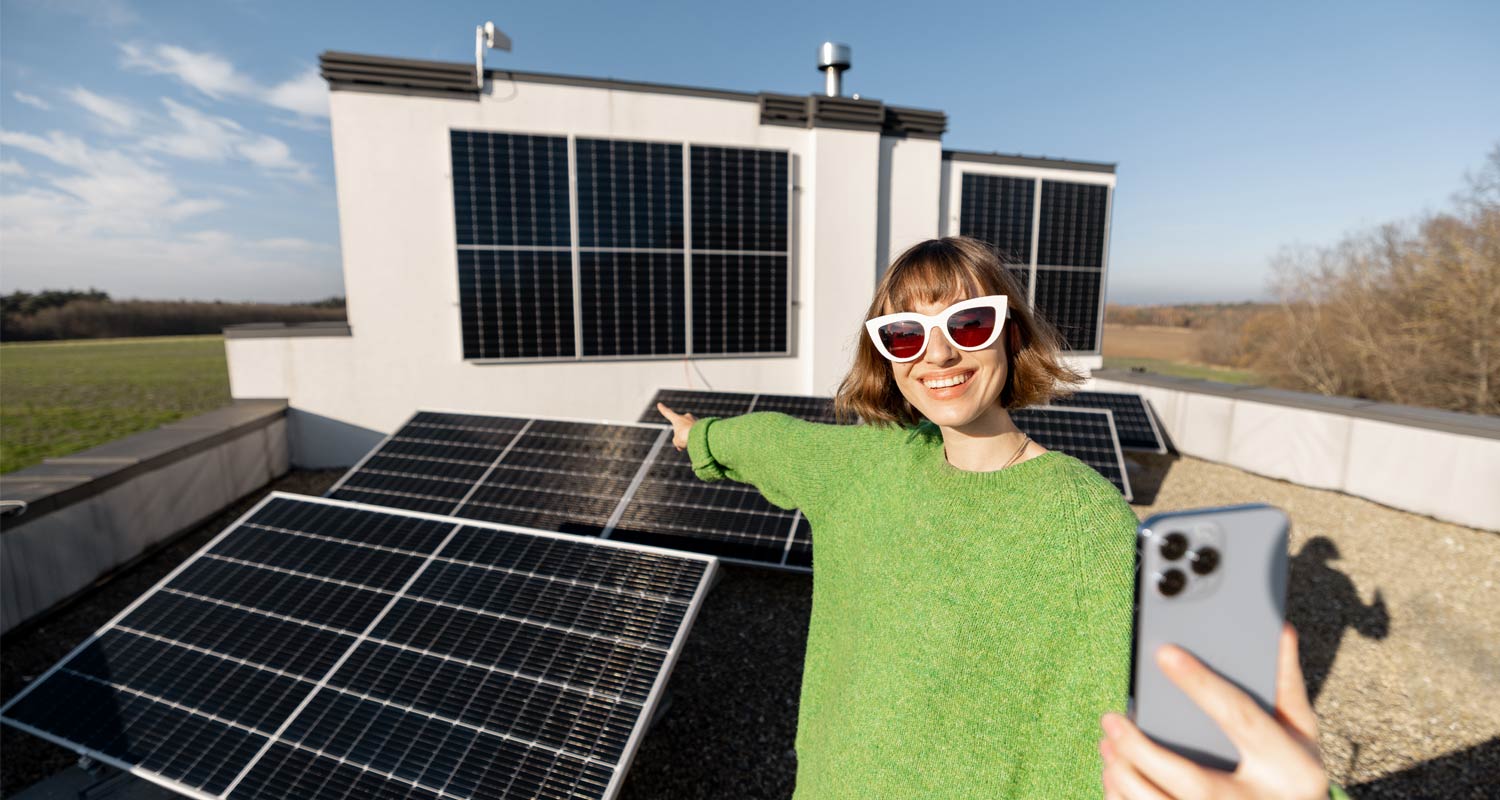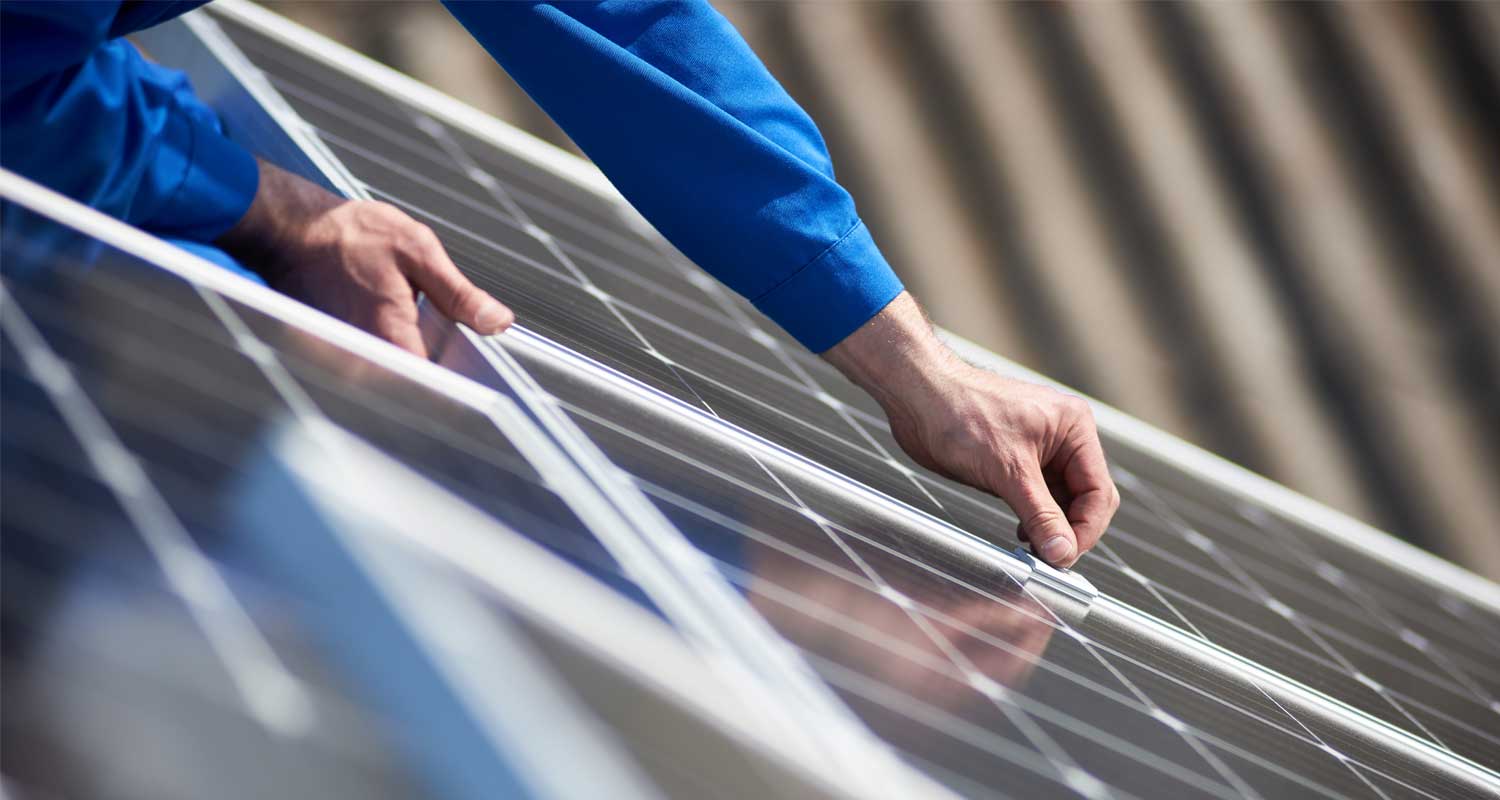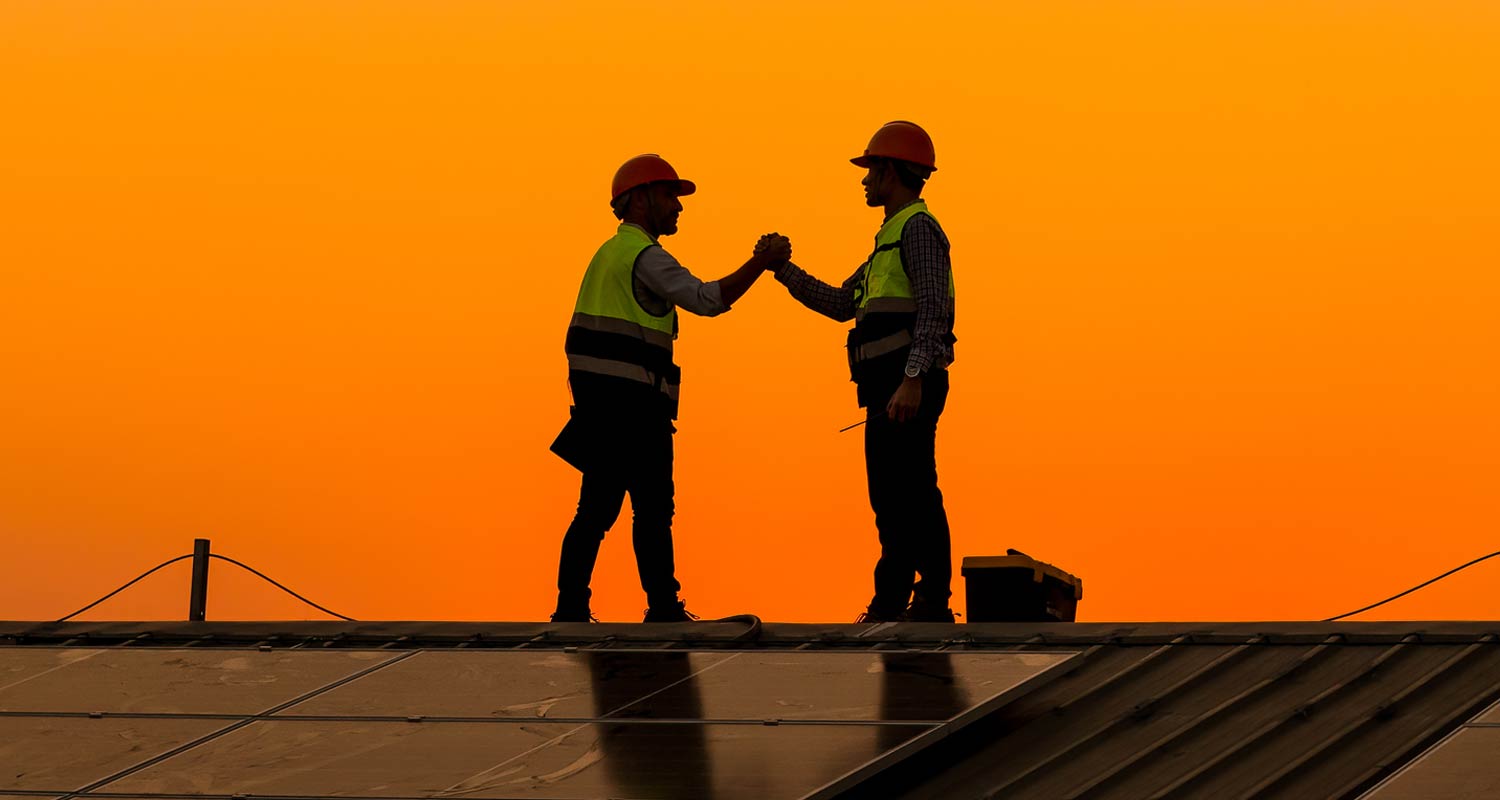 Solar power has emerged as the top choice for homeowners looking to reduce their grid electricity costs in the face of massive multi-year tariff hikes, as well as escape the crippling impact of power outages as a result of crumbling municipal infrastructure.
Solar power has emerged as the top choice for homeowners looking to reduce their grid electricity costs in the face of massive multi-year tariff hikes, as well as escape the crippling impact of power outages as a result of crumbling municipal infrastructure.
However, the method by which one opts to fund one’s solar purchase can significantly impact the financial benefits. Solar subscriptions have been punted as a seemingly hassle-free way to access solar energy without the upfront costs or ongoing maintenance costs.
Get breaking news from TechCentral on WhatsApp. Sign up here
While this might sound appealing, solar subscriptions often prove to be very costly decisions. There are many solar rental and “solar as a service” subscription options that that promise the world, while a deeper dive into the contract fine print shows hefty initiation fees, onerous annual escalations, “ever-green” rental terms, hefty penalties for early cancellations, de-installation costs and large “buyout” clauses to own the asset after the rental/subscription period is fulfilled. When you do the calculations, many are simply not financially sound at all.
It is crucial that you fully understand what you are signing up for, and the differences between solar asset finance, rental and subscription offerings. There are very important aspects to interrogate and understand before going into any solar rental or subscription agreement, and also what your alternatives are.
Here is a helpful checklist of why solar subscriptions might not be the best financial option:
1. No ownership and no equity
When you opt for a solar subscription or rental, you do not own the solar system installed on your property, ever. Instead, the solar company retains ownership, and you essentially subscribe to a certain amount of power per month. This arrangement means that any potential increase in your property value due to the solar installation does not benefit you. Unlike buying solar panels, where you can build equity, renting leaves you without an asset at the end of the lease term.
Essentially, all you’re doing is deferring the money you would be paying to the city council or Eskom to another entity. Ultimately you are not investing in a long-term solution to reducing your grid dependence and usage – it’s a pure consumption expense with zero investment value.
2. Long-term contracts and escalating costs
While solar rentals/subscriptions may avoid the upfront cost of purchasing a solar system, they typically end up being more expensive in the long run. Monthly payments usually accumulate to a higher total cost over the lease period, which typically spans five years or more. Additionally, rental agreements mostly include annual escalation clauses, further eroding the expected savings, making it difficult to predict the true financial benefit over the lease term.
It makes little financial sense to pay for solar-supplied energy where the rental/subscription costs increase annually by around 7%, alongside Eskom’s charges which increase alongside this every year by around 12-15%. Unless your rented solar system is sized to reduce your grid usage by at least 90% or more, you could be in a world of pain, with your solar-supplied power costing you much more than when you started after two or three years of escalations.
For example, consider a monthly rental payment of R1 500/month in year one, which escalates by 7% compounded annually. By year five, you will be paying around R2 300/month, almost R800/month more, with no asset to show for it.
 3. Early cancellation penalties and hefty ‘buyout’ clauses
3. Early cancellation penalties and hefty ‘buyout’ clauses
If you need to cancel your rental agreement early, for whatever reason, or want to exercise your option to buy out the system, you may face hefty penalties and buyout fees, over and above what you have already paid. Carefully review penalty fees for early cancellation or if you want to buy out your system (if it’s even an option) – these vary from supplier to supplier but can be onerous. Interrogate all the terms and conditions before signing up – ask for a sample contract, work out the sums and fully understand the implications of the Ts&Cs.
4. Transfer complications
Selling a home with a solar rental agreement can be complicated. Prospective buyers must be willing to take over the lease terms, which might not always be appealing. This can limit your pool of potential buyers or force you to buy out the lease at a significant penalty cost to facilitate the sale. In contrast, an owned quality solar system – which has a good 15- to 20-year productive lifespan – can significantly increase a home’s market value and appeal.
5. Maintenance and performance issues
While the solar rental company typically handles maintenance under a rental agreement, renters may face challenges if the service is subpar. Performance issues or delays in maintenance can result in higher energy bills, reducing the anticipated financial benefits.
Is the solar subscription provider a solar installation specialist with inhouse technical expertise and qualified service teams, or are they simply an aggregator that outsources the installation to a panel of independent solar installation partners?
It may not seem important upfront, but down the line when you need service and back up support for a technical or warranty issue, this can be a significant sticking point as to who services your needs.
Read: Government wrong to remove solar tax rebate: GoSolr
Furthermore, some subscription options limit the level of battery power you can access (the depth of discharge) in a bid to protect the battery life for future usage in other rentals – so instead of having 90% of your battery capacity available, you are limited to 70% — which further reduces your savings and pushes up your costs.
With ownership, you have more control over maintenance quality and can ensure that the system operates at peak efficiency, for your needs.

6. Limited financial incentives
If you’re on a solar subscription, the solar subscription company owns the equipment and not the homeowner, so any benefit on rebates and tax incentives goes back to the equipment owner, and not to you. Homeowners who purchase their solar systems can claim these incentives directly, including the benefit of feed-in tariffs where available, significantly reducing the net cost of their investment.
The big question to ask yourself and satisfy is this: why would you want to pay away a monthly premium for five years or more, for pure consumption, when you can own the solar asset that will be productive for another 15 or more years, and save you a fortune on future electricity bills? If you are looking to get your electricity at a cheaper rate than you can buy it from your council or Eskom, then an ever-increasing solar subscription defeats this objective. While these deals may sound cheap to start off with, they soon rapidly escalate as the years go on.
Read: Miner to roll out R2.1-billion South African solar plant
Remember that you are also still likely to be drawing some electricity from the grid as it is very unlikely that you will be off-grid completely. Given that electricity prices are likely to increase by at least 15-20%/year for the foreseeable future, and if your monthly solar rental increases each year by 7%, in essence you could be facing a financial liability.
Solar finance alternatives to consider
A quality hybrid solar inverter with batteries and panels has a good 15 to 20-year lifespan, so ideally you want to take full ownership of your system, paying it off quickly so you get the best return on investment on your system. If you finance your system, for example, and pay it off in five years or sooner, you have another good 10 to 15 years more of free electricity production from your solar PV system.
If the upfront cost of purchasing solar panels is a concern, there are alternatives to consider:
- Solar finance: This allows you to finance the purchase of your solar system, in much the same way as you would finance a vehicle, providing the benefits of ownership without the full upfront cost. In many instances, the monthly payments are significantly offset by the savings on your current electricity bill, leading to immediate savings.
- Rent to own: This is another option for individuals and businesses, but with a caveat: not all rent-to-own contract terms and conditions are the same. Check that there is no annual escalation clause, and that you fully own your system at the end of the contract term, ideally with one single additional monthly rental instalment only rather than hefty buyout fees, and that there are no penalties if you want to settle your rent-to-own term earlier.
- Bond: If you have surplus cash in your bond, this is a good option, but not if you’re going to extend the bond to pay it off over 20 years, as the interest on your solar purchase over an extended period makes this a costly financial decision.
 So, while solar subscriptions may seem like a convenient and cost-effective way to go green, they often fall short financially compared to purchasing or other financing options. By owning your solar system, you can take full advantage of financial incentives, increase your property’s value and enjoy more predictable savings on your energy bills.
So, while solar subscriptions may seem like a convenient and cost-effective way to go green, they often fall short financially compared to purchasing or other financing options. By owning your solar system, you can take full advantage of financial incentives, increase your property’s value and enjoy more predictable savings on your energy bills.
- The author, Teresa Kok, is director of One Energy

